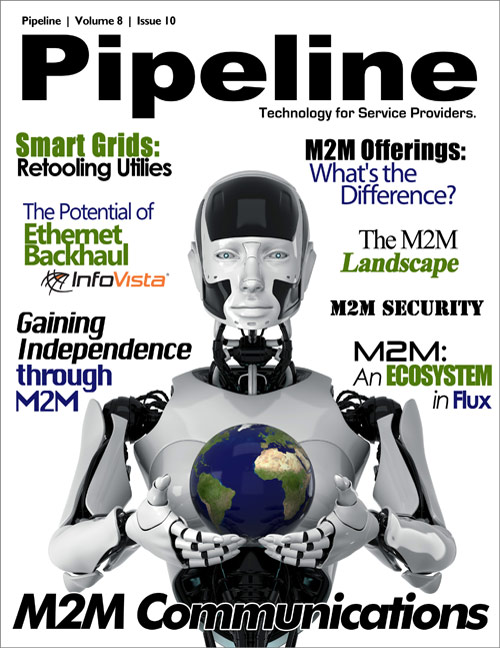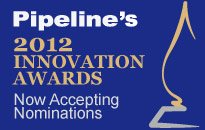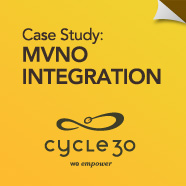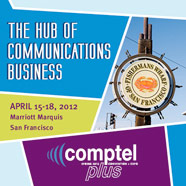Four Cellular-Driven Verticals
Eventually, self-monitoring washing machines will phone home to request more soap, and connect with monitoring systems at the water company to deliver efficiency reports. Today, however, CSPs have directed their M2M efforts in four areas, which are a bit less glamorous, but arguably more important.
System Monitoring/Telemetry: This includes smart meters and other devices equipped with sensors that measure and report usage, functionality, and environmental data. AT&T provides the connectivity for 13 million smart meters, and in Quebec, Canada, Rogers connects Hydro Quebec's 3.8 million smart meters with roughly 600 smart meter collectors.
Asset Tracking: One of the largest verticals at present (and one of the earliest M2M adopters), asset tracking enables monitoring and tracing of rental cars, truck fleets, and valuable equipment, such as expensive machines on lease. It’s also been implemented by insurance companies like Progressive, whose devices monitor driving habits in order to create accurate personalized pricing models.
Digital Signage and Advertising: Dynamic pricing, dynamic advertising, and digital kiosks are a rapidly growing business, and companies like Verizon have moved quickly to partner with terrestrial advertising companies to provide M2M connectivity.
Telematics: There is some overlap with asset tracking, but telematics represents a distinct group of solutions. Telematics solutions include OnStar, John Deere (dynamic in-field farming solutions), and diagnostic solutions like the Ford Focus Electric (connectivity supplied by AT&T). The oldest form of M2M, telematics systems perform critical functions; in fact, spectrum interference with deployed telematics systems prompted the FCC to block LightSquared’s $14-billion LTE network buildout.


Network Needs
Today, the bulk of M2M applications are serviced by 2G connections, and often rely on simple, low-cost SMS messaging. For instance, grid sensors, RFID tags, and smart meters only need to communicate kilobytes of information. Health and wellness monitors and security applications require more bandwidth, in the megabyte range, and as M2M solutions move forward, bandwidth requirements will increase. In fact, Compass Intelligence predicts that in just three years, “more than 40 percent of M2M connections in the U.S. could be running on 3G, 3.5G, or 4G networks.”
To learn more about the network needs surrounding M2M, I turned to the CSP with the most experience in this field, and the greatest installed M2M base, AT&T. Bruce Thompson, Senior Product Marketing Manager, M2M, AT&T Business Solutions, explained the advantages and disadvantages of different network technologies for M2M. “Until recently, the answer was 2G GPRS/EDGE technology. This made sense; for the majority of M2M applications, 2G services have provided ample bandwidth, latency, and data speeds. Globally, GPRS networks have also achieved the most extensive coverage and offer the lowest module cost. But today, there are compelling reasons to add 3G UMTS/HSPA technologies for connected devices.”
What are some of these reasons? Thompson elaborated: “Modern 3G UMTS/HSPA technologies are also five to more than ten times as spectrum-efficient as GPRS, while providing far superior speed. This is vital not just for carriers managing capacity and growing demand, but also for companies deploying many devices. 2G technology was not designed to support the large-scale, high density M2M applications now being deployed.”







